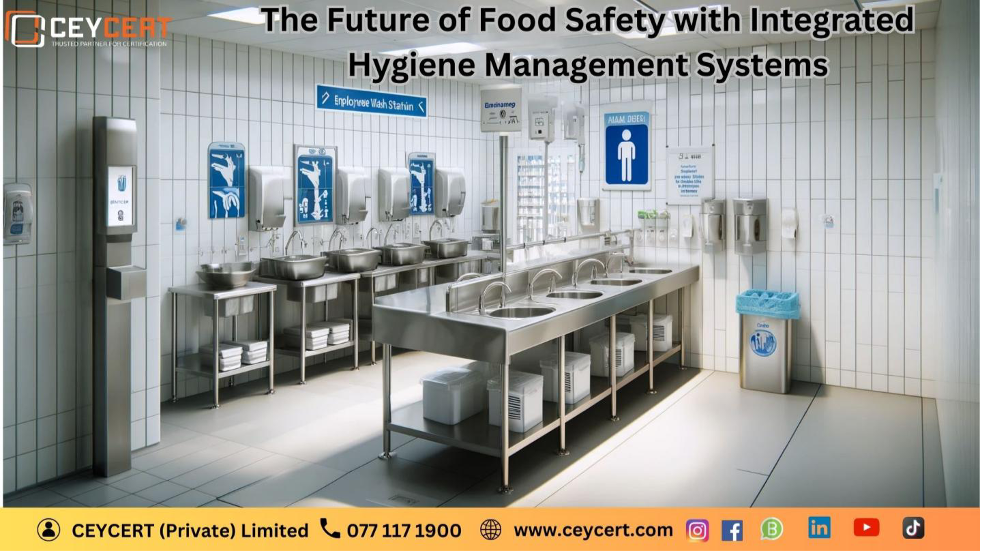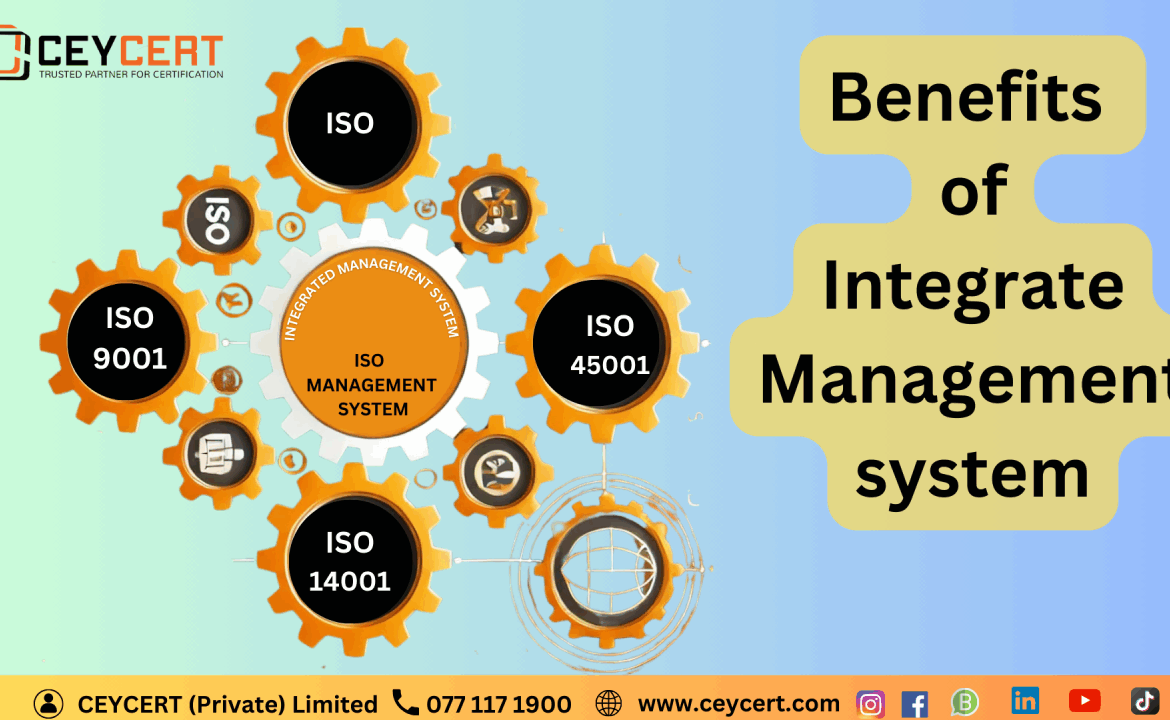ISO 14068 - Paving the Path to a Carbon-Neutral Future
What is ISO 14068?
ISO 14068 provides a framework for organizations to achieve carbon neutrality, which includes calculating, reducing, and offsetting their carbon emissions. The standard emphasizes the need for accurate reporting, third-party verification, and transparency in the entire process. It outlines the necessary steps for organizations to take to ensure that their carbon-neutral claims are reliable and measurable.
Key Features of ISO 14068
Clear Guidelines for Carbon Neutrality Claims
ISO 14068 establishes a universally recognized method for organizations to demonstrate carbon neutrality. It helps companies quantify their carbon footprint, reduce emissions, and balance the remaining emissions through credible offset programs.
Calculation and Measurement
The standard provides specific guidance on calculating greenhouse gas (GHG) emissions, including direct and indirect emissions across all scopes (Scope 1, Scope 2, and Scope 3). It ensures consistency in emission reporting by offering methodologies aligned with the GHG Protocol and other global standards.
Carbon Offset and Reduction Requirements
ISO 14068 requires organizations to reduce their carbon footprint as much as possible before resorting to carbon offsetting. The standard specifies that carbon offsets must be verified, transparent, and meet recognized certification schemes to guarantee their effectiveness.
Third-Party Verification
One of the defining aspects of ISO 14068 is its emphasis on third-party verification. To enhance credibility, organizations must undergo an independent audit to ensure that their carbon neutrality claim is legitimate. This prevents greenwashing and builds trust with stakeholders.
Transparency and Documentation
ISO 14068 promotes full transparency in reporting the steps taken towards carbon neutrality. Organizations are required to document their emission reductions, offsets, and the methodologies used, which are then made available to the public or stakeholders upon request.
Alignment with Global Climate Goals
This standard aligns with international climate goals, including the Paris Agreement, encouraging businesses to contribute to global efforts to limit global warming to 1.5°C. It supports businesses in becoming more sustainable while advancing their corporate social responsibility (CSR) initiatives.
Benefits of ISO 14068
Credibility and Trust: ISO 14068 enhances the credibility of an organization’s carbon-neutral claims, as it ensures the process is verified by a trusted third party.
Risk Management: By adopting this standard, companies can proactively address environmental risks and align their operations with future regulations, helping to avoid potential legal or reputational risks.
Market Differentiation: Businesses that achieve ISO 14068 certification can showcase their commitment to sustainability, gaining a competitive edge in increasingly eco-conscious markets.
Operational Efficiency: The process of reducing carbon emissions often leads to improved energy efficiency and cost savings, benefiting the organization financially.
Stakeholder Confidence: Demonstrating commitment to carbon neutrality builds confidence among customers, investors, and other stakeholders, helping to strengthen relationships and loyalty.
Challenges in Achieving Carbon Neutrality
While ISO 14068 provides a clear pathway to carbon neutrality, organizations may face challenges, such as:
Data Collection and Measurement: Accurately measuring emissions across all scopes, especially Scope 3 (which includes indirect emissions from supply chains), can be complex and data-intensive.
Carbon Offset Credibility: Ensuring that offset programs are credible, transparent, and verifiable can be difficult. Poor-quality offsets may undermine the overall effort.
Cost and Resource Allocation: Achieving carbon neutrality may require significant investments in emission-reduction technologies and offset programs, which can be costly for some organizations.




